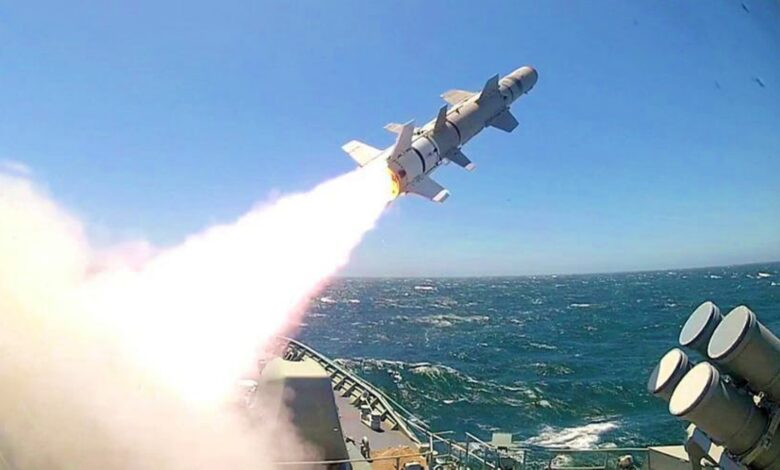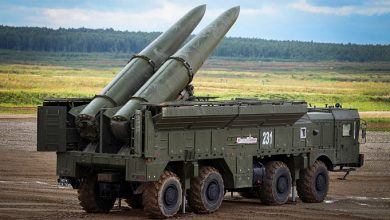Boeing to provide radar-guided Harpoon missile systems to Taiwan

Boeing to provide advanced radar-guided Harpoon missile systems for coastal defense batteries on Taiwan. Taiwan Harpoon Coastal Defense System consists of RGM-84L-4 Harpoon Block II surface-launched missiles with a maximum range of 75 miles, radar trucks, and support and test equipment.
U.S. military leaders are helping to build missile coastal defense systems for Taiwan under terms of a $220 million order announced in September.
Officials of the U.S. Naval Air Systems Command at Patuxent River Naval Air Station, Md., are asking the Boeing Co. to provide engineering and configuration support for the Taiwan Harpoon Coastal Defense System (HCDS).
The HCDS is the land-based version of the Boeing Harpoon missile Block II anti-ship and land-attack missile, which is designed to eliminate enemy coastal defenses, surface-to-air missile launch sites, aircraft, ports, and docked ships.
The Boeing Defense, Space & Security segment in St. Louis will provide Harpoon Block II Update Grade B Canister Launch All Up Round Missiles, the HCDS launch system, and Harpoon weapon station test and production equipment for the government of Taiwan. The order was announced on Tuesday 28 Sept. 2021.
HCDS consists of RGM-84L-4 Harpoon Block II surface-launched missiles with a maximum range of 75 miles, radar trucks, and support and test equipment.
The Harpoon’s active radar guidance, low-level sea-skimming cruise trajectory, terminal mode sea-skim or pop-up maneuvers, and warhead design, assure high survivability and effectiveness, Navy officials say. The Harpoon missile has been in the Navy inventory since 1977.
The Harpoon Block II, uses a 500-pound warhead for sea and land-based targets. On this order Boeing will do the work in McKinney, Texas; Sioux Falls, S.D.; Pontiac, Mich.; Middletown, Conn.; Elkton, Md.; St. Louis; Grove, Okla.; Galena, Kan.; Saint Charles, Mo.; Huntsville, Ala.; and at other locations within and outside the continental U.S., and should be finished by July 2023.
Source: Military & Aerospace Electronics





